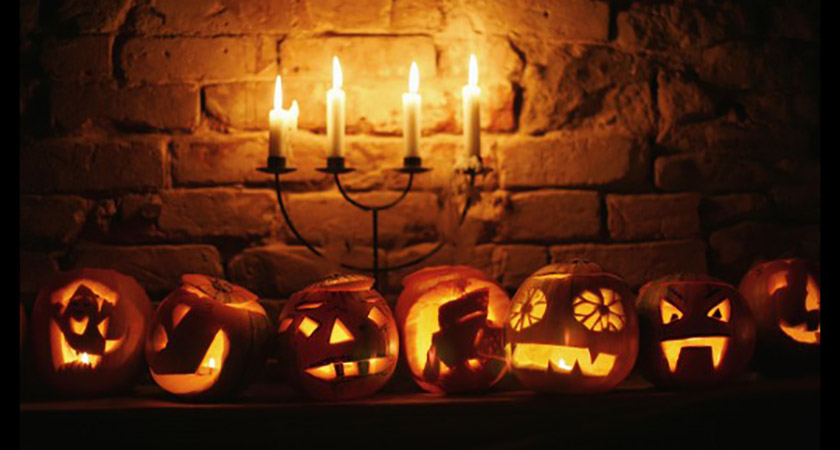HALLOWEEN IS viewed as a traditionally American cultural export enjoyed all over the world, but the spooky celebration actually has its roots in Ireland.
In fact, Halloween may not have even emerged as an annual festival of costumes and candy in the US at all were it not for Ireland's great potato famine.
It all dates back to ancient times when people across Ireland celebrated Samhain.
A traditionally Gaelic festival signalling the end of the harvest season and the beginning of the colder, darker nights that accompanied winter, Samhain was an annual night of celebrations that ran from October 31st to November 1st.
Bonfires were lit, and rituals performed as part of a night many believed saw the real world and the world of the spiritual briefly intertwined.
Malevolent spirits were said to roam free, leading many to perform any number of strange ceremonies and incantations as a way of warding off these evil spectres.
It was custom to go door-to-door dressed in costumes or disguises to recite verses in exchange for gifts, fire fuels, and food that would go towards the annual Samhain feasts.
 An 1833 painting of Irish Halloween revellers
An 1833 painting of Irish Halloween revellersThese feasts were enjoyed alongside the souls of dead friends and loved ones, invited to "attend" with places set for them.
Pranks were also commonplace with many taking advantage of the roaming "spirits" to exact some playful vengeance on a friend or foe.
By the 19th century, Samhain celebrations had become Christianised by the Church and renamed Halloween, amid concerns over Samhain's previous Pagan roots.
They were commonplace across Ireland, with the traditions of pranks and door-to-door donations evolving into something approaching trick-or-treats.
By this time Jack-O-Lanterns had also emerged as a popular tradition, though they were often carved out of turnips rather than pumpkins.
 Hallowe'en Jack O' Lantern Turnip
Hallowe'en Jack O' Lantern TurnipBut it was an altogether different story in the US.
America's early Puritanical leanings prohibited such celebrations, while holidays of any kind were almost non-existent.
That all changed in the 1840s when the advent of Ireland's devastating potato famine brought millions of Halloween-loving Irish immigrants over from across the Atlantic.
Americans soon began embracing the traditions of Halloween, latching on to the tricks and treats as a means of letting off steam one night a year.
Over the next few decades the Halloween celebrations became more refined, with pranks kept to a minimum while the costumes became more vivid and the treats evolved into offerings of the decidedly sweet variety.
 Halloween has ancient origins in Ireland [Picture: Getty]
Halloween has ancient origins in Ireland [Picture: Getty]Today Halloween is largely viewed as a distinctly American holiday that's invaded European culture but, in reality, it's precisely the opposite.
So, fill up the candy buckets, carve the pumpkin and get ready to celebrate what's actually one of the most distinctly Irish celebrations on the annual calendar - save for St. Patrick's Day of course.
** Originally Published on: Oct 31, 2020 by Jack Beresford

